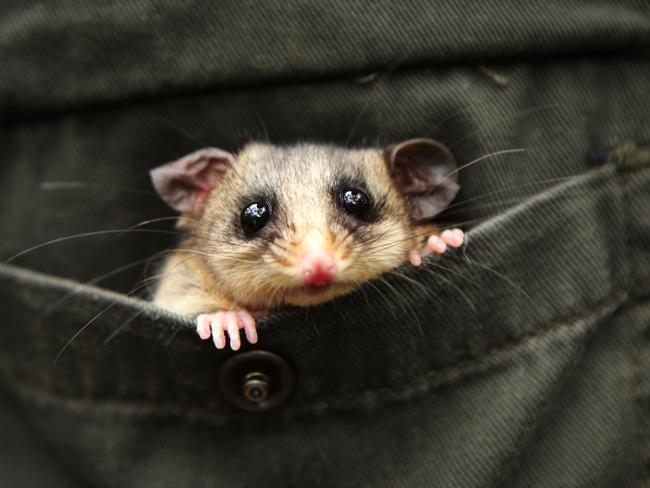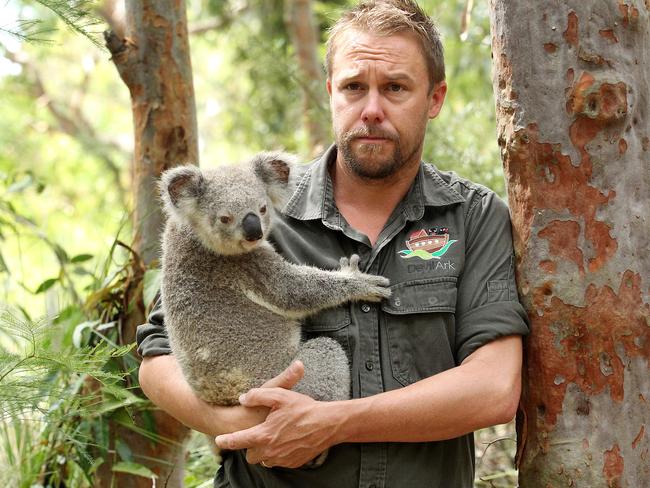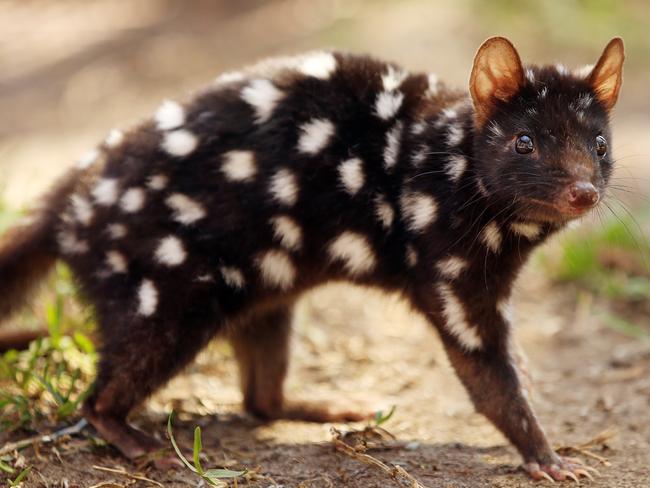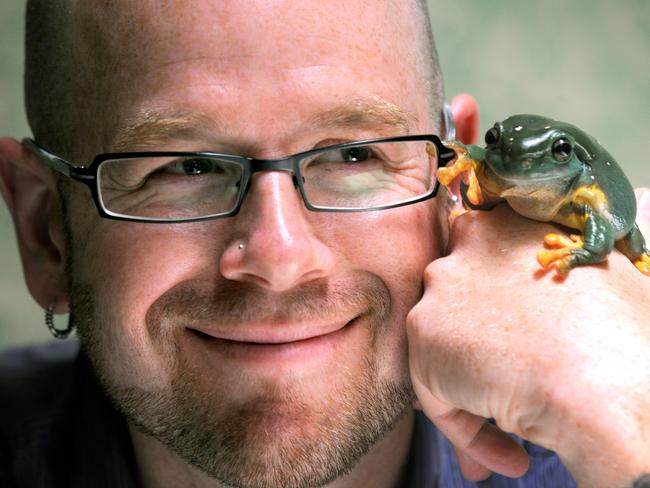Endangered species could suffer silent extinction in Environment Department reshuffle
AUSTRALIA’S most unique and vulnerable species could suffer a silent extinction thanks to a government decision, researchers say.
AUSTRALIA’S most vulnerable and unique species could slip into extinction without anybody noticing, conservationists have warned.
Documents obtained by the ABC reveal that up to a third of staff and 25 per cent of the budget will be moved from divisions focused on conservation and species protection at the Department of Environment and Energy into other areas in the department.
The equivalent of 60 full-time staff will be lost from the biodiversity and conservation division in the next financial year, prompting scientists to warn it will lead to the silent death of our endangered wildlife.
The cuts come as the first national review of threatened species monitoring found about one-third of the 548 species were not being tracked at all.
Australia already has one of the worst reputations in the world when it comes to protecting our biodiversity and researchers have equated the impending job cuts to “kneecapping” efforts to track and protect vulnerable species.
THE SITUATION IS ‘SPIRALLING OUT OF CONTROL’
Professor Corey Bradshaw, a Fellow in Global Ecology at Adelaide’s Flinders University, has said Australia is heading down a path of no return.
“We’re in a situation that is spiralling out of control. I don’t want to be too superlative or sensationalist about it, but we’ve been saying this for so long and yet every single index we’re looking at is getting worse and it’ll only continue to do so,” he told news.com.au, “especially if we can’t even fund one of the smallest departments in the Commonwealth Government with probably one of the biggest responsibilities.”
His dismay was echoed by Professor David Lindenmayer, an ecologist from the Australian National University, who told the ABC the impending cuts were “an absolute calamity for the Australian environment and for the conservation of Australia’s ecosystems and threatened species”.
READ MORE: The mass extinction event going unnoticed
READ MORE: How everyday Aussies can help save endangered native species

While the states and the Federal Government have been accused of underfunding conservation programs for the past 15 years, it has been policies of land clearing and the resulting deforestation and habitat degradation that has exacerbated a decline in species populations.
Yesterday, the Queensland Government passed a controversial law restricting land clearing but while Prof Bradshaw welcomed the result he warned that we can’t be shortsighted now and expect to be able to fix environmental problems later. There will be no easy policy fix to biodiversity loss.
“It takes one bad policy and a day of bulldozing to destroy a forest that could take anywhere between 300 and a 1000 years to recover to a functional forest,” he said.
“We’re doing the damage now and that damage last centuries, if not millennia.”

AUSTRALIA WORLD LEADER IN BIODIVERSITY LOSS
A study published in the journal Nature in November showed Australia was among the worst offenders when it came to biodiversity loss, included in a group of seven countries responsible for 60 per cent of the world’s biodiversity loss.
The researchers examined the conservation status of species in 109 countries and compared that to conservation funding. Australia ranked as the second worst of the group, with a biodiversity loss of five to 10 per cent.
“Most of the damage has been done in the past 50 years and it’s accumulating — we’re reaping the unfortunate harvests of past deforestation and evasive species that we brought in with gay abandon during development,” Prof Bradshaw said.
Despite our already embarrassing record, Prof Bradshaw believes things are only going to get worse.
“I suspect we’re just starting to see the first wave of extinctions,” he said. “We’re already leading the world in mammal extinctions — not something we should be terribly proud of.”

Conservationists have been warning about the need for more funding for species protection programs.
Speaking to news.com.au in November 2016, Dr Paul Sinclair from the Australian Conservation Foundation lamented the government’s inaction on protecting Australia’s unique animal populations.
“The Federal Government is missing in action on biodiversity conservation, just as it is on reducing climate pollution,” he said.
“The government now spends less than half of one per cent of its total budget on biodiversity conservation. While total government spending has increased since 2014, the amount spent on biodiversity conservation has been dramatically cut.”
The latest announcement that staff will be moved out of the conservation division show things aren’t changing any time soon.
“I didn’t think there was much more to cut really, they’re already one of the lowest funded departments in the Commonwealth,” Prof Bradshaw said.
“This has gotten to the point where it’s ceased to be a functional entity in any real measure.”




